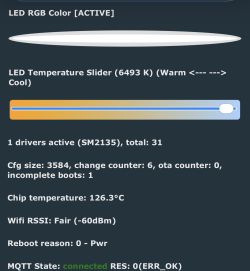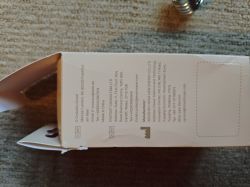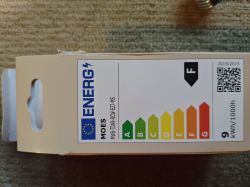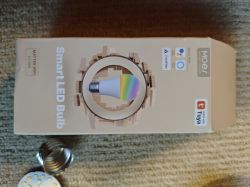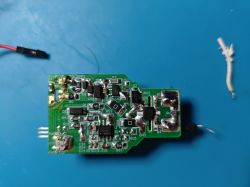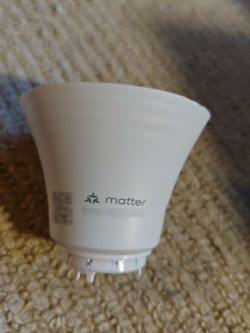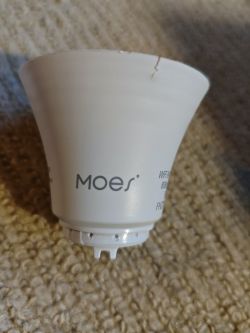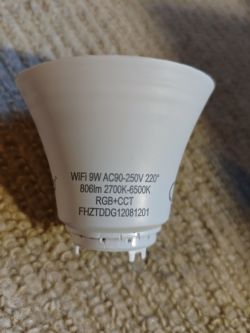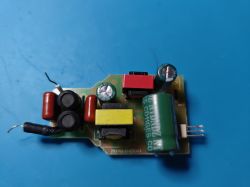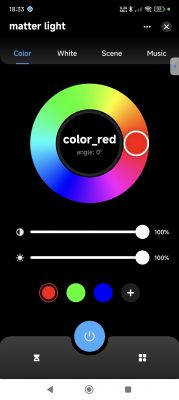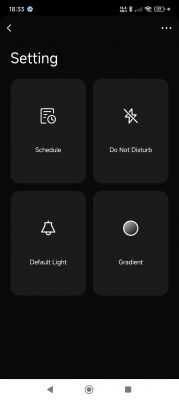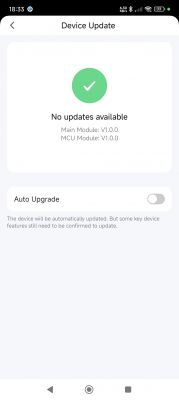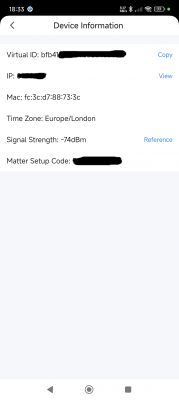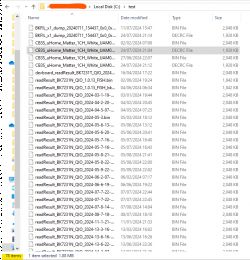Unlike the uHome UAMxxx Matter devices with Beken modules and different efuse/coeff keys, this Moes Tuya Matter bulb appears to be a lot easier to convert to OpenBeken.
https://www.aliexpress.com/item/1005006924194407.html
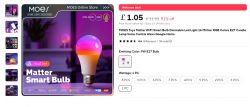
Inside is a CBLC5 module which when independently powered presented itself to Alexa as

The boot log
Not seen bootloader BK7231N_2.0.0 before
And Easy Flasher backup. Yes, it uses the standard Tuya key 510fb093 a3cbeadc 5993a17e c7adeb03
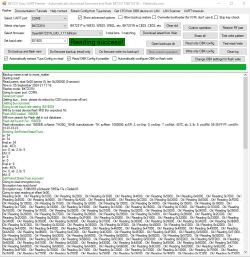
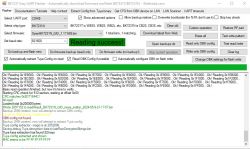
EF even extracted some config
This was a little worrying at the end of the backup though
Is it like the uHomes with its network info in a different location?
Flashing OpenBeken was successful but the AP name broadcast was suspiciously generic. PC connected to it and it was accessible

This OBK flash was with the "overwite bootloader (for N/M)" unchecked. I wanted to see if BL 2.0 was OK booting OpenBeken. It was
Next up, overwrite the BL with standard BK7231N_1.0.1. Boots into OBK fine, but same mac issue
Next it's time to write the whole of a standard non-Matter Tuya BK7231N factory firmware (from 0x0 - all data) (backup of QM-02L CB2L RGBW Bulb), with network info at the usual address, then flash to OpenBeken. Success. Complete with a unique mac and name derived from the mac.

Next I'll probably try to find the new location of the network info to see if all that needs changing is an address here https://github.com/openshwprojects/OpenBK7231...beken378/func/user_driver/BkDriverFlash.c#L78
then maybe it can be a new general release binary for Tuya Matter devices, assuming all Tuya Matter devices have the same partitions.
For the moment, the module is still unsoldered in case more flashing is needed, so not a working finished, proven device conversion yet.
https://www.aliexpress.com/item/1005006924194407.html

Inside is a CBLC5 module which when independently powered presented itself to Alexa as

The boot log
Code: Text
Not seen bootloader BK7231N_2.0.0 before
And Easy Flasher backup. Yes, it uses the standard Tuya key 510fb093 a3cbeadc 5993a17e c7adeb03


EF even extracted some config
Code: Text
Code: JSON
This was a little worrying at the end of the backup though
Code: Text
Is it like the uHomes with its network info in a different location?
Flashing OpenBeken was successful but the AP name broadcast was suspiciously generic. PC connected to it and it was accessible

This OBK flash was with the "overwite bootloader (for N/M)" unchecked. I wanted to see if BL 2.0 was OK booting OpenBeken. It was
Code: Text
Next up, overwrite the BL with standard BK7231N_1.0.1. Boots into OBK fine, but same mac issue
Code: Text
Next it's time to write the whole of a standard non-Matter Tuya BK7231N factory firmware (from 0x0 - all data) (backup of QM-02L CB2L RGBW Bulb), with network info at the usual address, then flash to OpenBeken. Success. Complete with a unique mac and name derived from the mac.

Next I'll probably try to find the new location of the network info to see if all that needs changing is an address here https://github.com/openshwprojects/OpenBK7231...beken378/func/user_driver/BkDriverFlash.c#L78
then maybe it can be a new general release binary for Tuya Matter devices, assuming all Tuya Matter devices have the same partitions.
For the moment, the module is still unsoldered in case more flashing is needed, so not a working finished, proven device conversion yet.





